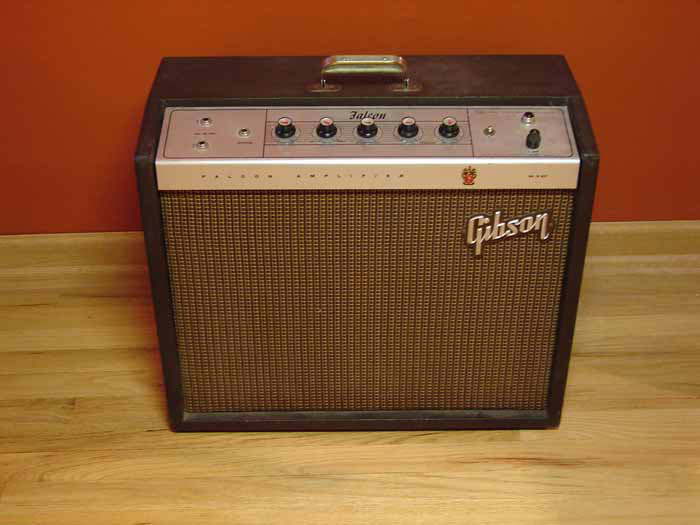

Companies were folding and changing hands, and Gibson was no exception. By the late 1960s, the American guitar industry was in trouble. They expanded to cover demand, even overproducing certain lines, only to find demand dropping in the later part of the decade. This success, however ultimately proved a huge problem for the company. 1965 was their peak year, selling over 83000 instruments. Gibson went from strength to strength in the early 1960s, selling guitars quicker than they had time to build them. When people complain of perceived 'problems' with seventies, eighties or even current Gibson production, it is with these early sixties guitars that the comparison is being made. The quality of materials, workmanship and design placed Gibson guitars of this period right at the pinnacle of American guitar production. These classic guitars represent Gibson at their best. But even the entry-level Gibson guitars were a step above the majority of guitars available at the time both in terms of workmanship and components.ġ969 Gibson Melody Maker D, 1967 Melody Maker bass, 1964 Gibson Atlas IV amplifier Tops were carved and tap-tuned, a job requiring great skill and experience, and the pieces were assembled and finished by skilled craftsmen, with incredible attention to detail. These Gibsons are the epitome of quality.

The very best of these guitars were made in the 1950s and 1960s often referred to as the CMI (Chicago Musical Instruments) period. Especially the guitars made in the main Gibson plant, 225 Parsons Street, Kalamazoo, Michigan. Vintage Gibson guitars are very special indeed, and they are held in very high regard by serious players and vintage guitar collectors alike. Gibson guitar information on this site is sorted into the following categories:


 0 kommentar(er)
0 kommentar(er)
